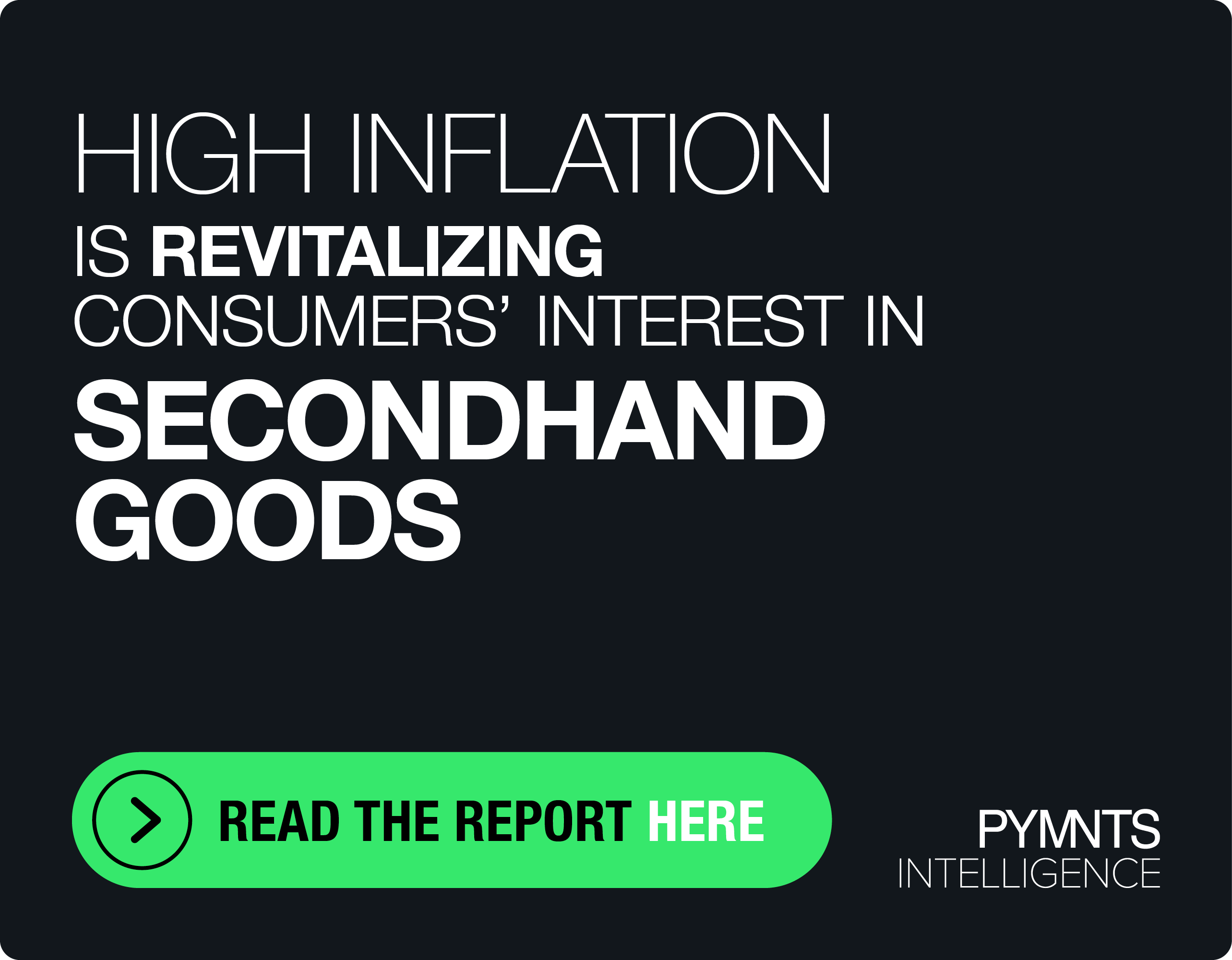The Next Big Thing In Lending

Though available for less than a decade, peer-to-peer lending has been growing rapidly, a new report from the Federal Reserve Bank of Cleveland points out. Demand for the concept is particularly strong among consumers consolidating their card debt, as bankcard interest rates tend to be higher. But how long can a trend where quarterly growth averages 84 percent last?
Peer-to-peer (P2P) lending’s ability to improve access to credit for individuals who have short credit histories and to enable consumers to consolidate credit card debt and lower their interest rate are helping propel the U.S. P2P-lending market, a new report suggests.
In fact, P2P lending has been growing rapidly, at an average pace of 84 percent a quarter, according tothe report from the Federal Reserve Bank of Cleveland, which projects the P2P lending market to continue growing “for some time” because the concept, which matches individual borrowers with investors, fills such gaps left by traditional lending sources.
The P2P-lending market started in the United Kingdom in 2005 and arrived in the U.S. a year later, the report notes. Meanwhile, traditional consumer bank loans and credit-card lending has been waning. Since Q2 2007, the total amount of money lent through bank-originated consumer-finance loans has been declining on average 2 percent per quarter, and the total amount lent through bank-originated credit cards has been declining on average 0.7 percent per quarter, according to the Cleveland Fed.
Enhanced credit access
P2P lenders use income, employment type and even SAT scores, plus credit scores and histories, to assess borrower creditworthiness. As such, P2P lending could improve access to credit for consumers who, for example, are denied a loan by a bank because their credit histories are short, even if their credit scores are sufficiently high, the report notes.
Indeed, a significant percentage of consumers fall into this category. According U.S. credit bureau Equifax, 39.8 percent of consumers with credit histories shorter than three years have credit scores higher than the subprime threshold, so their credit generally is good enough for a loan, the report notes.
Some 83.3 percent of P2P loans are personal one-time loans, most of which are to consolidate high-interest-rate credit card debt, according to P2P lender Lending Club. “This may be explained by the fact that interest rates on peer-to-peer loans have been lower than those on credit cards since” Q1 2010, the report notes.
Results mixed
Not every P2P borrower secures a better interest rate than a credit card rate, however. On average, approximately 50 percent of loans are awarded a grade of “A” or “B,” making such consumers the least risky borrowers, while borrowers with grades “C” or “D” tend to be riskier.
“Borrowers with loans graded “A” or “B” have consistently been getting better rates through peer-to-peer lending compared to credit cards,” the Cleveland Fed noted in the report. “For borrowers with good scores, interest rates have a strong negative correlation with the credit card interest rates, meaning that when banks increase their interest rates, peer-to-peer lenders decrease theirs.
Compared with bank-originated consumer-finance loans, P2P loans performed either similarly or slightly better. On average, between Q2 2010 and Q1 2014, 3.2 percent of P2P loans were past due compared with 3.7 percent of standard consumer-finance loans that were. “Over this period, peer-to-peer loans had a lower share of poorly performing loans in 10 of 16 quarters,” the report notes.
Funds supply flowing
Another reason P2P lending, while microscopic in comparison with bank lending, is poised to grow is that the supply of funds from investors for such borrowing has been increasing, according to the report.
“Though peer-to-peer lending started as individual investors lending to individual borrowers, institutional investors, such as community banks, have become involved over time,” the report notes.
Demand for P2P loans also has been increasing. “Individuals who either cannot get loans from traditional banks or who wish to consolidate their credit card balances at lower interest rates find peer-to-peer lending an attractive alternative,” the report states.

